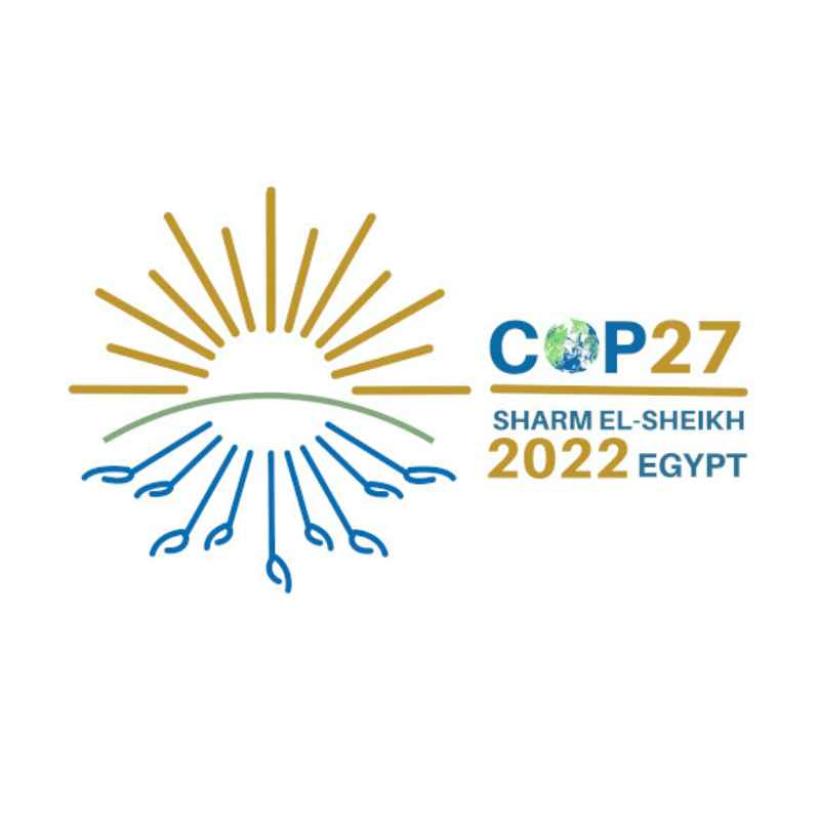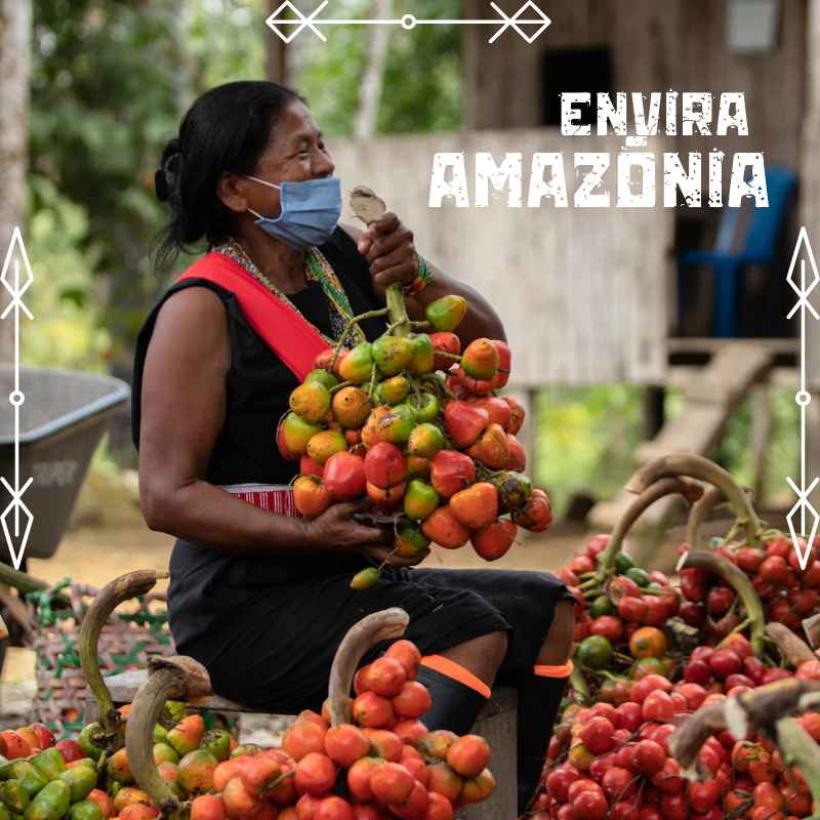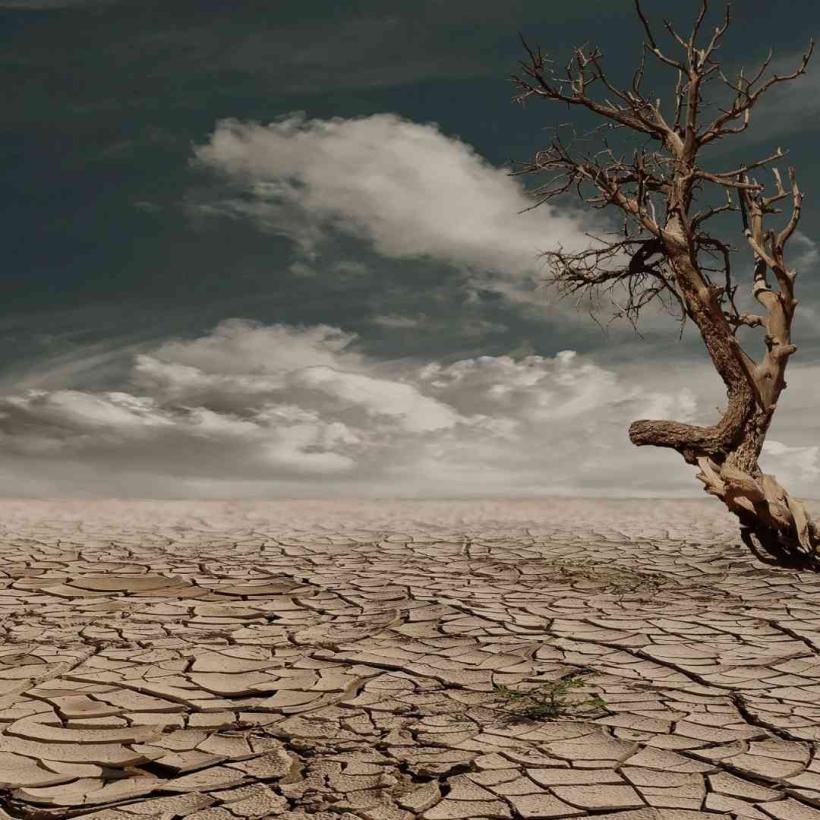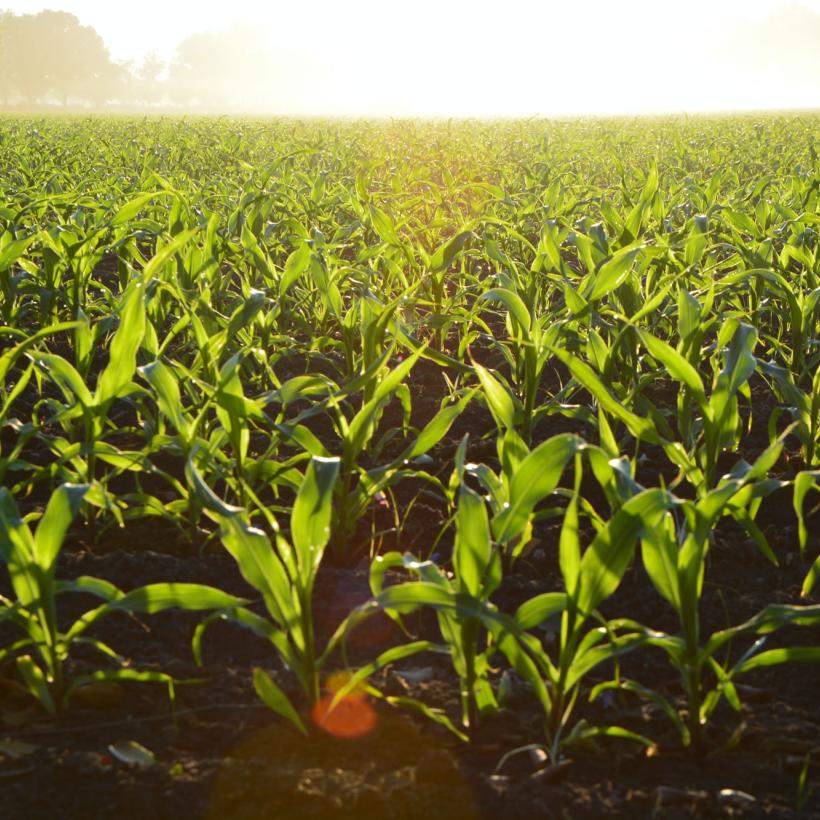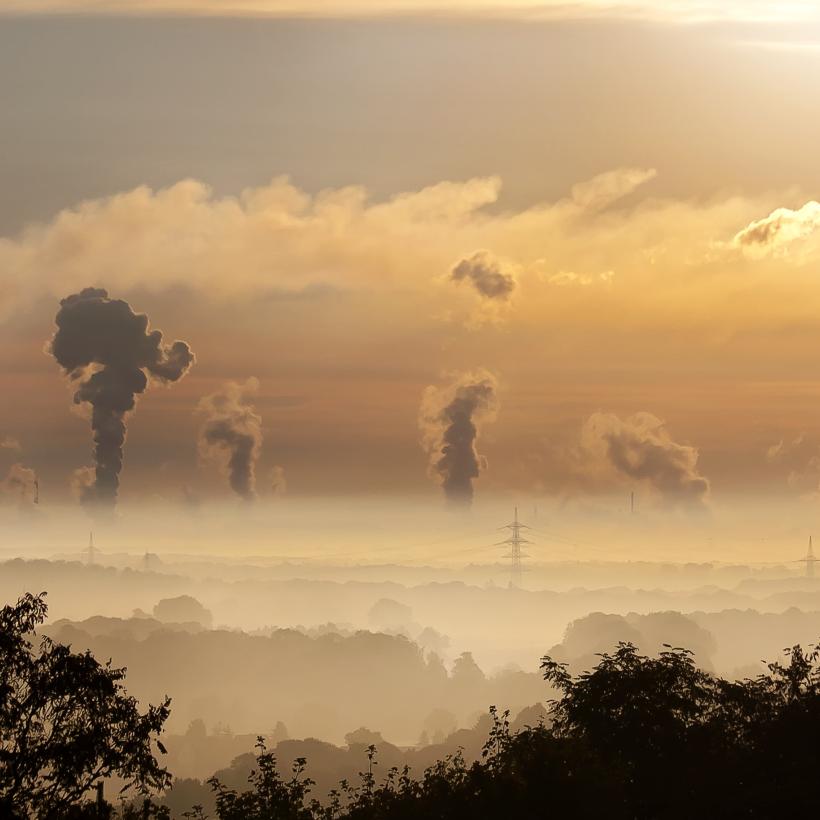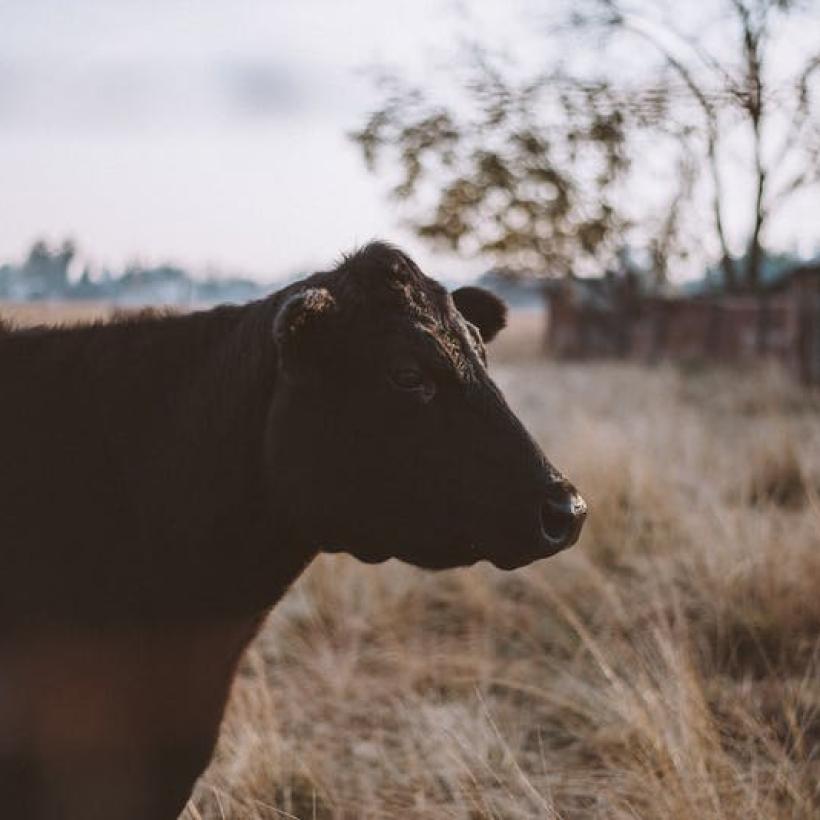
Crédito de Carbono pode ser produzido por qualquer sistema de produção agrícola?
Em resumo, não é qualquer sistema de produção agrícola que pode produzir créditos de carbono, apenas projetos que realmente reduzam os GEEs e que atendam claramente critérios rigorosos podem gerar créditos de carbono possíveis de serem comercializados.
A resposta para esta pergunta é não. Entretanto, é possível gerar créditos em qualquer sistema agrícola, desde que sejam comprovadas as reduções de emissões de gases de efeito estufa (GEE). Uma vez que as emissões de GEEs sejam monitoradas, reportadas e verificadas, ações como manejo do solo, uso de fertilizantes orgânicos, rotação de culturas e sistemas de produção integrados, podem produzir crédito de carbono. Assim, portanto, para que um projeto seja válido é necessário seguir regulamentos rigorosos, além de ser certificado por organizações credenciadas e independentes.
Um crédito de carbono representa uma tonelada de CO2 equivalente (tCO2 e.) sequestrado ou não emitido. Sendo assim, apenas sistemas de produção agrícola que geram reduções ou remoções de GEEs são capazes de produzir créditos de carbono. Isso inclui, por exemplo, projetos que promovam agricultura regenerativa, gestão de resíduos orgânicos, gestão do uso da água e implantação de sistemas agroflorestais.
Quais são alguns dos requisitos que um projeto agrícola precisa cumprir para poder gerar créditos de carbono
Um projeto agrícola precisa cumprir os seguintes requisitos para gerar créditos de carbono:
- Ser verificado por uma entidade certificadora credenciada.
- Apllicar práticas agrícolas que reduzam as emissões de gases de efeito estufa ou aumentem a absorção de carbono.
- Demonstrar uma redução comprovada de emissões ou aumento do sequestro de carbono.
- Adotar medidas de monitoramento e verificação para garantir a continuidade das práticas agrícolas adicionadas no sistema.
- Estar em conformidade com as regulamentações nacionais e internacionais de registro dos créditos de carbono.
Obs: O processo pode variar dependendo da região e da regulamentação específica.
Entendendo os conceitos de Adicionalidade e Permanência
Adicionalidade e permanência são conceitos chave para registrar e implementar um projeto de geração de Crédito de Carbono. São estes dois importantes elementos que garantirão ao projeto sua verdadeira função de reduzir e sequestrar Gases de Efeito Estufa (GEEs) da atmosfera.
A adicionalidade representa práticas implementadas ao sistema de produção capazes de reduzir ou remover GEEs da atmosfera. Em outras palavras, a adicionalidade significa que um determinado projeto está adicionando práticas capazes de transformar os métodos produtivos do sistema, fazendo dele um sistema menos poluidor, ou até mesmo armazenador do CO2.
A permanência representa algo complementar a adicionalidade. Este conceito refere-se à continuidade permanente das práticas implementadas no sistema de produção ao longo do tempo de execução do projeto. Portanto, a permanecia garante que o carbono sequestrado não seja devolvido ao ambiente na forma de CO2.
Algumas produções agrícolas com potencial para gerar créditos de carbono incluem:
- Agricultura de precisão
- Agrofloresta
- Plantio Direto
- Integração Lavoura-Pecuária-Floresta
- Integração Lavoura-Pecuária
- Recuperação de Pastagens
- Rotação de Culturas
- Adubação verde
Se você gostou deste material, nos siga no linkedin e compartilhe esta publicação com os seus amigos.
Siga nossas redes, se inscreva em nossa newsletter.
A MyCarbon acredita em um futuro resiliente às mudanças climáticas.
MyCarbon, responsabilidade com o meio ambiente e com a humanidade. Junte-se a nós!



